- Create a new VCL Forms application
On the main form add a Tbutton and a TSaveDialog
Set "ofOverwritePrompt" to True in properties for the SaveDialog1
Use:
procedure TForm1.Button1Click(Sender: TObject); begin SaveDialog1.Execute(); end;Run the app. Press the button to execute the save dialog. Try to save to a file that already exists. A message box appears if you want to replace the file. Press cancel. All fine so far. Close the app.
Go to Project/Options/Application/Appearance and select a Custom style (e.g. Amakrits). Set Amakrits as the default style.
- Run the app as in #5 above. Only a small bit of the message box will be shown. You will have to press Enter to be able to continue.
(Using a TFileSaveDialog will give the same result)
If I compile and run the app using Delphi XE8 it will be ok since the save dialog window seems to use the default windows style even if another style is chosen.
Edit: I have Windows 10 pro. Source compiled as win32 with Delphi 10.1 Berlin. The replace message box is partly hidden. Only a small top left part is shown, see figure.
And here it is compiled with XE8 win32:
Ps. I am using the default 100% scale factor.
Compiling with win64 (Delphi 10.1 Berlin) seems to be ok:
So, compiling to win32 does not work for me, but 64-bit will. Any clues?
Edit: Trying with "GetSaveFileName(OFN)" will also not work for me in win32 (win 64 is ok):




